Our Preschool Trail Trekkers programs offer children and accompanying adults a chance to explore the Nature Center and the outdoors with our Naturalists. To accomodate physical distancing and closures due to storm clean-up, we’ve created some activity ideas inspired by our September theme of insects to try with your family in your home or neighborhood. Many of these activities are not just for preschoolers, so older siblings (and adults) can play along too, and maybe even learn a little something along the way!
Insect Song: Head, Thorax, Abdomen
Head (point to head)
Thorax (point to chest)
Abdomen – abdomen! (point to stomach)
Head, thorax, abdomen – abdomen!
And eyes (point to eyes)
And mouth (point to mouth)
And antennae, two (stick 2 fingers up)
Six legs (wiggle 3 fingers on each hand)
And there’s an insect for you!
Make Your Own Insect
Insects come in a variety of shapes and sizes. You can create your own insect to write or draw about by choosing from some of the different features of insects. Things to consider include:
- Body shape: All insects have 3 main body parts: the head, thorax and abdomen. Different insects have different shapes to those body parts. Is your insect going to have a body shaped like a beetle, an ant, a butterfly, or another of your favorite insects? Draw your insect body shape on paper, or use materials such as egg cartons or play-dough for a three-dimensional model.
- Eyes: Insects have two different types of eyes. We mainly see compound eyes, made up of many different lenses. You could draw a compact eye, or use things like googly eyes for your insect eyes. Insect eyes usually go on the head.
- Antennae: Insects have two antennae used for feeling and sensing the world around them, usually attached to their head. Different insects have different shaped antennae, some are jointed, some are feathery and others look like a straight line with a dot at the end. What shape of antennae will your insect have? You could draw them or shape them out of items like toothpicks or pipe cleaners.
- Mouth: Insects have different types of mouths depending on what food they eat, also usually on their head. Something like an adult butterfly has a long proboscis for drinking up nectar, while a caterpillar has a chomping mouth for eating leaves. Others have needle-like piercing mouthparts or mouths like a sponge, and some insects don’t have mouthparts as adults.
- Legs: All insects have 6 legs, attached to the thorax (middle section of the body). Different insects have different leg shapes. Some insects have legs used for swimming, some for crawling or walking, and others for hopping.
- Wings: Insects either have no wings, 2 wings or 4 wings, attached to the thorax (middle section of the body). Wings come in different shapes and colors. Some are colorless or clear, and others like butterflies can have many colors. Will your insect have wings? How many will it have? What colors will they be?
- Habitat: Insects live in a variety of habitats. Will yours live in the forest, in the prairie or in the water?
Butterfly Craft
Materials: Coffee filters (2), pipe cleaner (1), markers, spray bottle with water or cup with water
 Color a design on your coffee filter with markers. If you want your butterfly wings to match each other, layer both coffee filters on top of each other and just color one of them. If you want your butterfly to have different patterns on its wings, color each coffee filter separately.
Color a design on your coffee filter with markers. If you want your butterfly wings to match each other, layer both coffee filters on top of each other and just color one of them. If you want your butterfly to have different patterns on its wings, color each coffee filter separately.- Once you are done coloring, use a spray bottle to spray some water onto the coffee filters to blend the colors together. Spray once, let the water spread, and then spray again only if needed. Use just enough water to blend the colors. If you don’t have a spray bottle, you can use a cup or bowl with water and your hands to sprinkle water on your filters to blend.
- Fold your pipe cleaner in half and start twisting your pipe cleaner together to start making the abdomen of your butterfly’s body. Stop about halfway through.
- Pinch your coffee filters in the middle to create your wings. You can do this while they are still wet but your fingers might get marker on them, or wait for your wings to dry.
- Place your wings in your pipe cleaner, and then finish twisting. Leave some of the ends separate at the end to make your antennae!
Dragonfly Craft
Materials: Popsicle sticks (2) and wooden clothespin (1), markers or paints, glue (optional)
 Color or paint your popsicle sticks and clothespin.
Color or paint your popsicle sticks and clothespin.- The clothespin will become the body of your dragonfly, and the popsicle sticks its wings.
- If you paint, you may need to wait for the paint to dry before moving onto the next step.
- Put the popsicle sticks in your clothespin to put your dragonfly together.
- If needed, you can add glue to help hold it together.
Act out a Dragonfly or Butterfly Life Cycle
Butterflies and Dragonflies are both insects, but their life cycles look a little different from each other. This activity works best somewhere you have room to move around, like outside.
Butterfly life cycle:
 Butterflies start out their life as eggs. Crouch down small to pretend to be an egg
Butterflies start out their life as eggs. Crouch down small to pretend to be an egg- We often call butterfly larvae caterpillars. They eat and grow, eat and grow, and eat and grow some more while crawling around. Crawl around and pretend to eat and grow a lot to pretend to be a caterpillar!
- Next a caterpillar makes a pupa, which we often call a chrysalis. Crouch or lay down small again and imagine your body is changing into a different shape. What will happen next?
- Finally, the adult butterfly emerges out of the chrysalis and flies around. Pretend to fly around like a grownup butterfly!
- Adult butterflies lay eggs and the cycle can go around again if you want.
Dragonfly life cycle
 Dragonflies start out their life as eggs in the water. Crouch down small to pretend to be an egg.
Dragonflies start out their life as eggs in the water. Crouch down small to pretend to be an egg. - Dragonfly larvae, sometimes called nymphs, live in the water. They swim through jet propulsion, or by shooting water out of their butts. Pretend to swim by jet-propulsion!
- Dragonfly larvae do not make a pupa or chrysalis. Instead, one day the nymph will crawl out of the water often onto some nearby vegetation, and go straight from nymph to adult. Put your arms out and pretend to fly around like an adult dragonfly.
- Adult dragonflies lay eggs in the water and the cycle can go around again if you want.
Color Hunt
Insects come in a variety of colors and live in a variety of places. One fun place to look for them in the fall is in prairies. Many prairie flowers bloom in lots of different colors throughout the summertime and into the fall, and the tall, tall grasses of the prairie are of course green as they grow during the summer, but also may have other colors later on in the fall if you look closely. What colors on plants or insects can you find out in a prairie, or around your neighborhood now? Or, what colors can you find around your home, either indoors or out?
Source: Ranger Rick’s Naturescope: Incredible Insects
Under a Fallen Log
After a tree is no longer alive — either still standing or fallen — it continues to play an important role in the forest. Many plants and animals make their homes on and underneath dead trees and logs, including some insects. Some live on top of the log, but many live underneath and can be found by carefully rolling the log over. After you look, gently roll the log back and set any critters you picked up next to the log to find their own ways back underneath without getting squished. Which animals that you found are insects?
Source: Iowa Supplement to Project Learning Tree
Sweep Netting
**Make sure to try to check before you go somewhere else what is currently open and accessible. Watch out for signage and notices marking trail closures and area closures as you explore parks, trails and other natural areas. Also watch out for storm damage and hazards as you explore, wherever you are exploring**
Insects live in a variety of habitats, including the prairie and other tall grassy areas. Sometimes we see some of the larger insects flying or hopping around, but many insects are good at hiding or camouflage. One way we can try to see more of who lives in the tall grasses is by sweep netting.
Materials: Net, collection container or jar, old white sheet (optional)
 Scope out the area you plan to search. Nets don’t work as well in areas with lots of trees, brush or plants with thorns. Nets also don’t work well after being dragged on the ground. Prairies sometimes have itchy plants to look out for also. Have a grownup help you pick out a safe place to visit, and make sure to bring them along for the fun!
Scope out the area you plan to search. Nets don’t work as well in areas with lots of trees, brush or plants with thorns. Nets also don’t work well after being dragged on the ground. Prairies sometimes have itchy plants to look out for also. Have a grownup help you pick out a safe place to visit, and make sure to bring them along for the fun! - Wash your hands before heading out to your collection spot. Some insects are sensitive to chemicals such as sunscreen or bug spray.
- Walking is recommended when you go into the prairie, especially if you go in an area you haven’t been before. Though they may look flat, prairie areas sometimes have areas of uneven ground that can be hard to see while you’re sweep netting.
- Even though it’s fall and may be warm outside, wear long pants and sturdy tennis shoes.
- You can try to chase larger insects that you see such as dragonflies and butterflies, but you can catch many different insects and critters by sweep netting.
- Sweep your net from side to side as you walk through and into or along tall prairie plants and grasses. Sweeping will gently knock insects off of plants and into your net.
- Go out into the prairie for a short distance while sweeping, and then take a slightly different route while sweeping back to the trail or area you started to see what you’ve caught.
- You can try to put larger insects and critters in a jar, or empty your net onto an old sheet. White sheets help make many of the insects easier to see.
- Repeat the sweeping process by walking a different path through the prairie to see who else you can find!
- Don’t forget to look at and examine your critters. If you plan to look for a while, carefully carry your container over to a shady area nearby to avoid your critters getting overheated.
- What did you find? Sometimes it is hard to identify the species of insect, but you may be able to tell what group your insects belong to by looking at their different body shapes.
- When you are done looking, release your critters gently back into the habitat that they came from. You may also need to wipe off your muddy feet and shoes too before going inside again! Be sure to wash your hands after this activity.

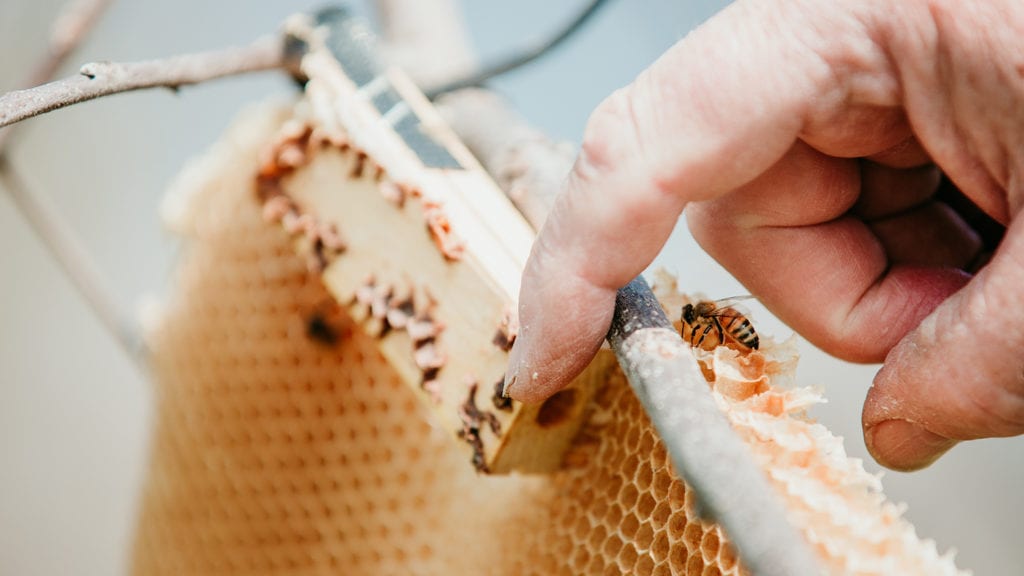
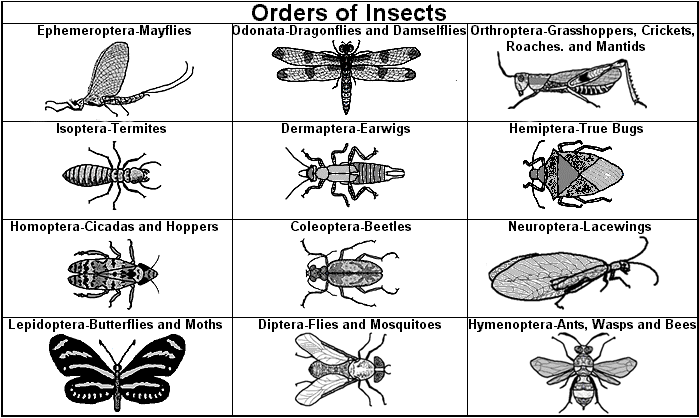
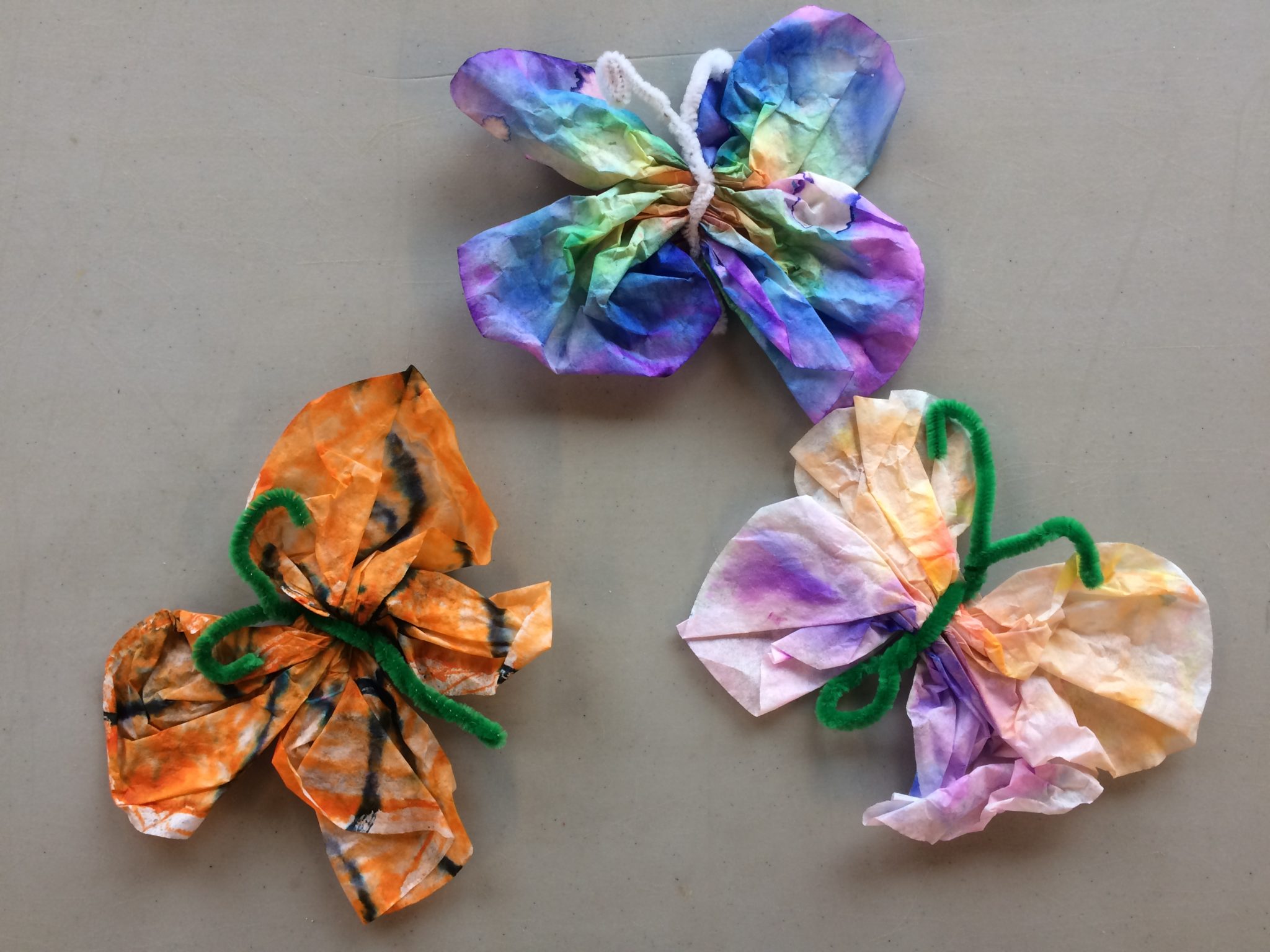 Color a design on your coffee filter with markers. If you want your butterfly wings to match each other, layer both coffee filters on top of each other and just color one of them. If you want your butterfly to have different patterns on its wings, color each coffee filter separately.
Color a design on your coffee filter with markers. If you want your butterfly wings to match each other, layer both coffee filters on top of each other and just color one of them. If you want your butterfly to have different patterns on its wings, color each coffee filter separately.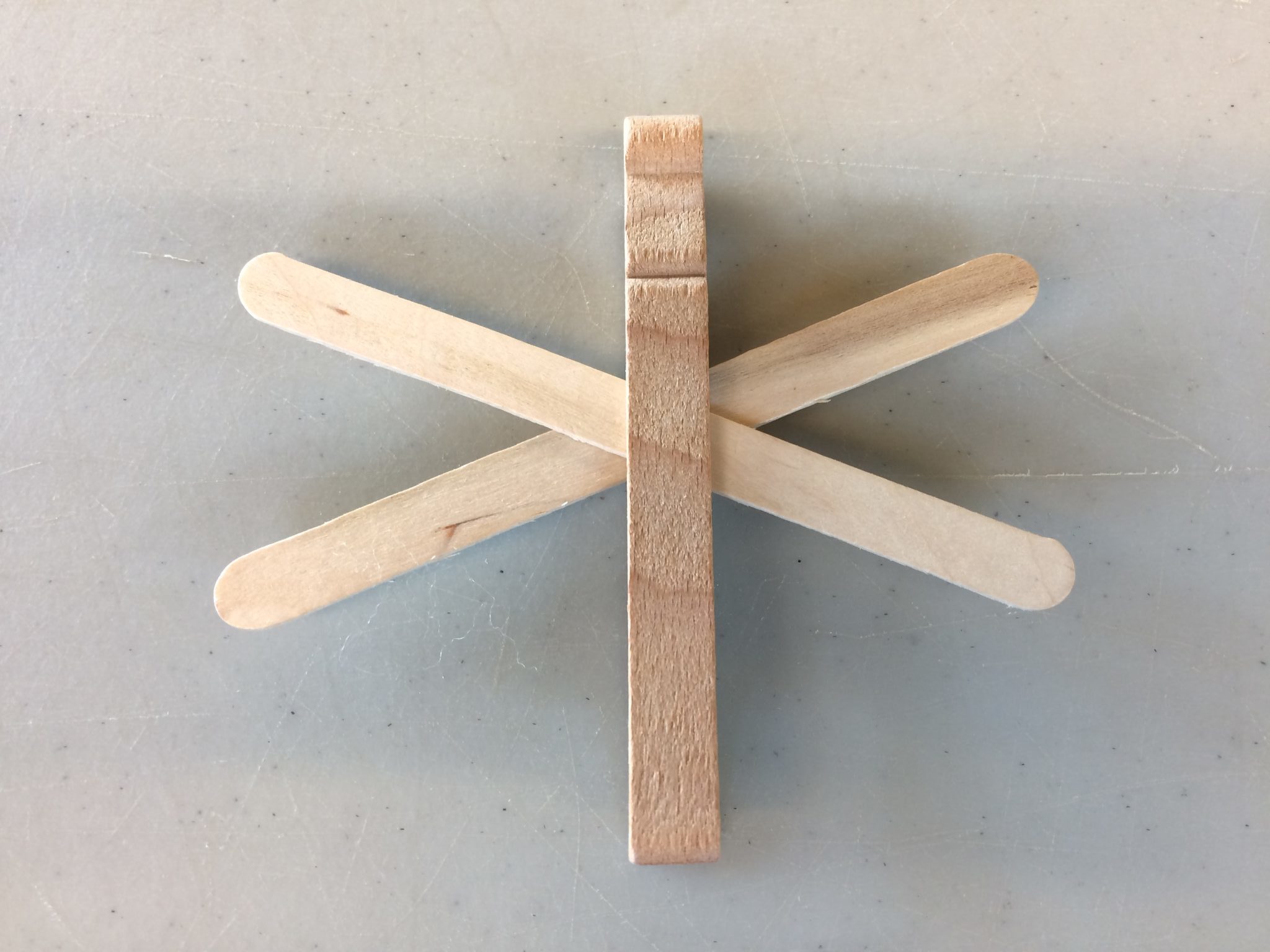 Color or paint your popsicle sticks and clothespin.
Color or paint your popsicle sticks and clothespin.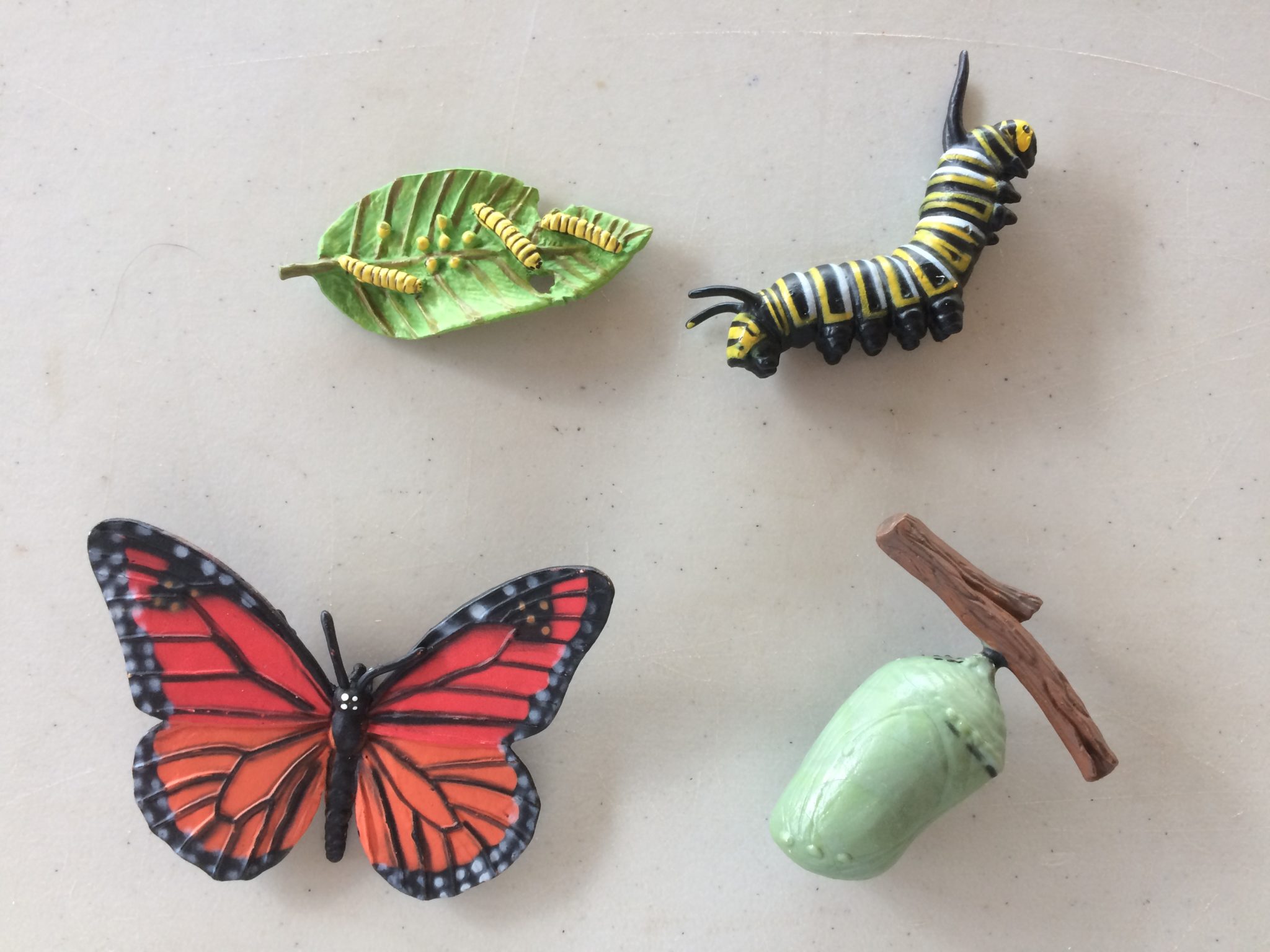 Butterflies start out their life as eggs. Crouch down small to pretend to be an egg
Butterflies start out their life as eggs. Crouch down small to pretend to be an egg Dragonflies start out their life as eggs in the water. Crouch down small to pretend to be an egg.
Dragonflies start out their life as eggs in the water. Crouch down small to pretend to be an egg. 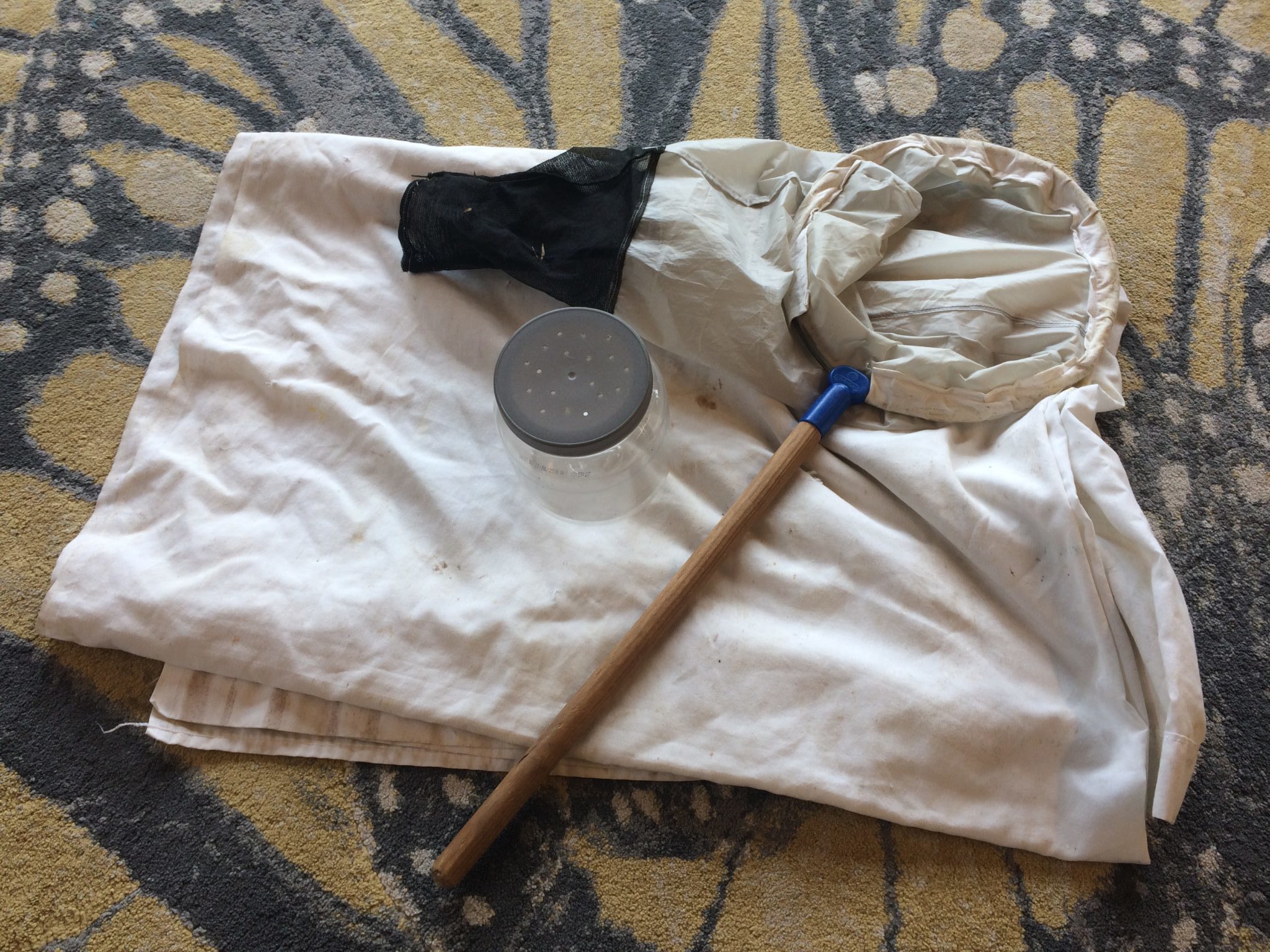 Scope out the area you plan to search. Nets don’t work as well in areas with lots of trees, brush or plants with thorns. Nets also don’t work well after being dragged on the ground. Prairies sometimes have itchy plants to look out for also. Have a grownup help you pick out a safe place to visit, and make sure to bring them along for the fun!
Scope out the area you plan to search. Nets don’t work as well in areas with lots of trees, brush or plants with thorns. Nets also don’t work well after being dragged on the ground. Prairies sometimes have itchy plants to look out for also. Have a grownup help you pick out a safe place to visit, and make sure to bring them along for the fun!